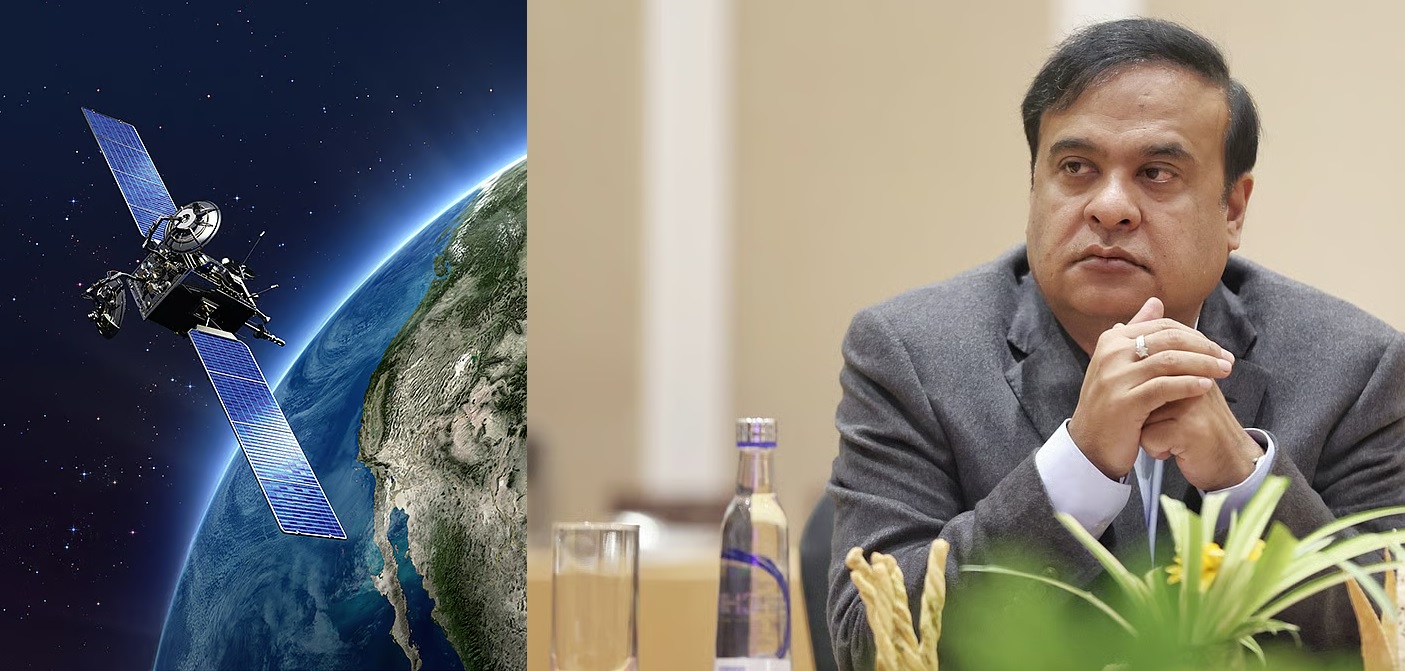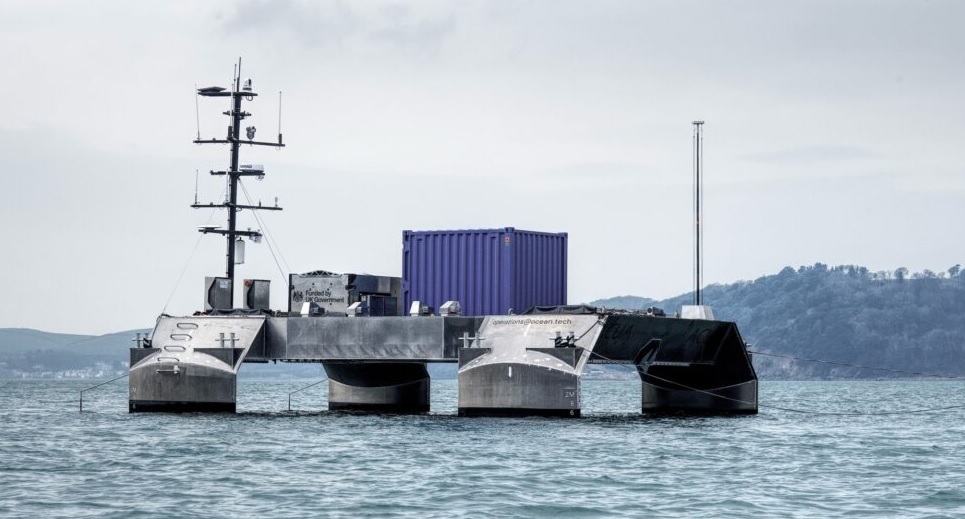Types of Test Facilities Required for Full Development of a Fighter Jet Engine

Developing a fighter jet engine is one of the most complex engineering feats in the aerospace industry. The process demands rigorous testing across multiple specialized facilities to ensure the engine meets safety, performance, reliability, and efficiency standards under extreme operating conditions. Here’s a comprehensive look at the key types of test facilities required for the full development of a fighter jet engine.
1. Material and Component Testing Facilities
Before building the engine, individual materials and components are tested to ensure they can withstand the high stresses, temperatures, and pressures of jet engine operation.
- Materials Testing Labs: Assess the thermal resistance, fatigue strength, and durability of materials like titanium, nickel alloys, and composites.
- Static Load Test Rigs: Measure how individual components, such as turbine blades, behave under physical loads and stresses.
- Creep and Fatigue Testing Labs: Evaluate how materials degrade under prolonged high-stress and temperature conditions.
2. Aerothermal and Aerodynamic Test Facilities
Aerothermal testing is essential to simulate the extreme heat and airflow conditions that a fighter jet engine endures during operation.
- Wind Tunnels: Used to test the airflow dynamics around the engine's external surfaces and nacelles.
- Combustor Test Rigs: Simulate conditions inside the combustion chamber to optimize fuel-air mixing, combustion efficiency, and emissions.
- Turbine Cooling Test Facilities: Examine cooling systems for high-pressure turbines to ensure thermal management under operational heat loads.
3. Engine Component Test Rigs
Key subsystems of the engine are tested individually in specialized rigs to validate their design and functionality.
- Compressor Test Rigs: Assess the performance, stability, and efficiency of the axial and centrifugal compressors.
- Fan Testing Facilities: Analyze the fan’s efficiency in compressing and directing air into the engine.
- High-Pressure Turbine Test Beds: Simulate the mechanical and thermal loads on the turbine for performance optimization.
4. Full Engine Test Facilities
Once individual components pass their tests, the full engine undergoes integrated testing to evaluate its overall performance and reliability.
- Altitude Test Chambers: Simulate high-altitude conditions, including reduced air pressure and temperature, to assess the engine's performance at various altitudes and speeds.
- Sea-Level Test Cells: Used for initial performance testing under controlled ground conditions.
- Engine Start Test Facilities: Evaluate the engine’s ignition system and starting sequence across different environmental conditions.
5. Environmental Testing Facilities
Fighter jet engines operate in diverse and often extreme environments, so their ability to withstand environmental challenges must be rigorously tested.
- Icing Wind Tunnels: Simulate high-altitude icing conditions to ensure the engine performs reliably in cold weather.
- Sand and Dust Ingestion Facilities: Evaluate how the engine handles debris and particulate matter, simulating desert or battlefield conditions.
- High-Temperature and Humidity Chambers: Assess the impact of tropical and maritime climates on engine performance.
6. Structural and Vibration Test Facilities
Jet engines experience intense vibrations and structural loads during operation. These facilities ensure that the engine remains structurally sound throughout its lifecycle.
- Vibration Test Rigs: Simulate operational vibrations to test for potential fatigue and failure points.
- Rotor Spin Testing Facilities: Analyze the behavior of rotating components like turbine disks at high speeds to prevent catastrophic failures.
- Structural Integrity Test Stands: Evaluate the strength and resilience of the engine casing and mounts.
7. Noise and Emission Testing Facilities
Modern fighter jet engines must balance performance with environmental considerations, such as reducing noise and emissions.
- Anechoic Chambers: Measure the noise levels produced by the engine and explore noise-reduction technologies.
- Emission Testing Labs: Assess greenhouse gas and pollutant emissions to ensure compliance with international standards.
8. Operational and Reliability Testing Facilities
To verify long-term performance and reliability, the engine undergoes extensive operational testing.
- Endurance Test Stands: Run the engine for extended periods under varying conditions to simulate its lifecycle.
- Failure Mode Analysis Facilities: Test how the engine reacts to simulated failures, such as fuel pump malfunctions or foreign object ingestion.
- Accelerated Life Testing Labs: Use advanced simulations to predict the engine’s lifespan and maintenance requirements.
9. Flight Test Facilities
After extensive ground testing, the engine is installed on a testbed aircraft for real-world flight evaluations.
- Testbed Aircraft: Modified aircraft equipped with instrumentation to monitor engine performance during flight.
- Flight Simulation Labs: Allow engineers to simulate flight conditions and fine-tune engine parameters before live tests.
10. Specialized Test Facilities for Future Technologies
With advancements like adaptive engines, stealth technologies, and AI integration, specialized facilities are emerging to test cutting-edge innovations.
- Adaptive Engine Test Rigs: Evaluate engines with variable cycle designs for improved efficiency and performance.
- Plasma and Hypersonic Test Labs: Test advanced propulsion systems for next-generation fighter jets.
- AI-Driven Diagnostics Labs: Develop and validate artificial intelligence systems for predictive maintenance and performance optimization.
Conclusion
Developing a fighter jet engine is an exhaustive process requiring a network of highly specialized facilities. Each type of testing plays a crucial role in ensuring the engine’s safety, reliability, and performance in the harshest conditions. From material testing to full-scale flight trials, these facilities collectively enable the creation of engines that power the world’s most advanced fighter jets, ensuring operational superiority in the skies.



